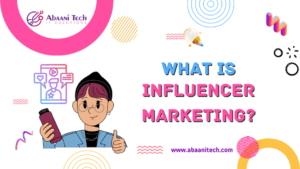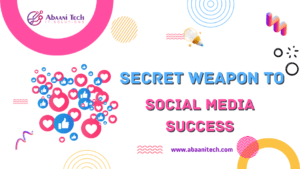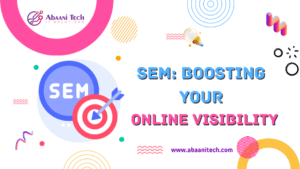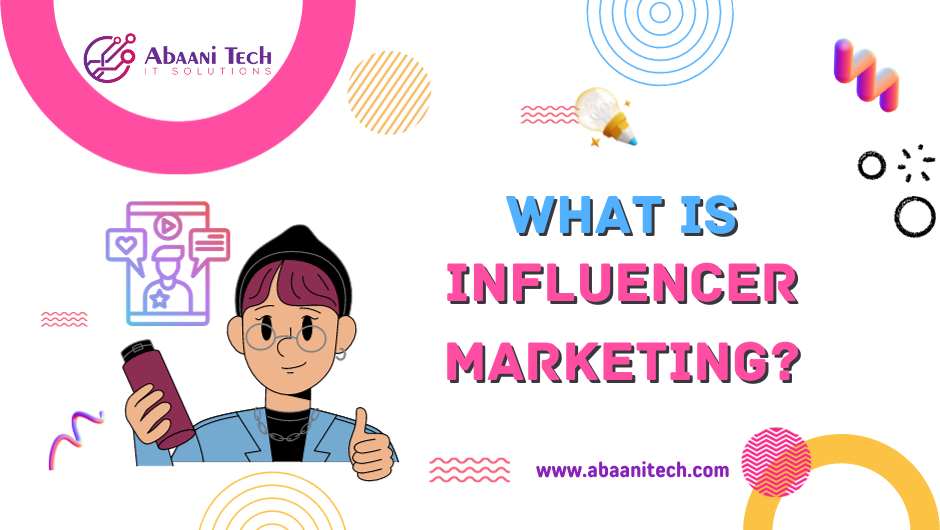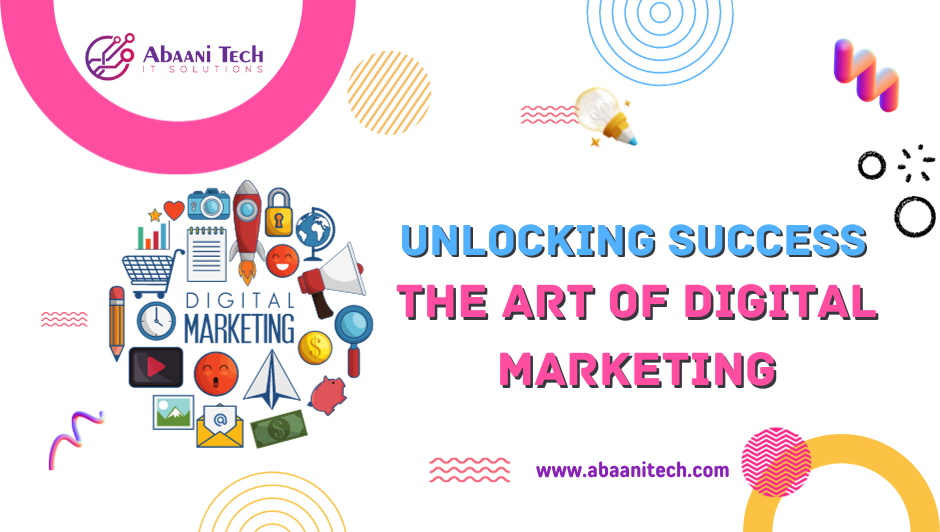Mastering Marketing Automation: Strategies to Supercharge Efficiency


In the fast-paced world of modern marketing, efficiency is key to success. With consumers being inundated with marketing messages from all directions, businesses need to find ways to stand out and connect with their target audience. This is where marketing automation comes into play.
Marketing automation tools and platforms have revolutionized the way businesses engage with their customers, enabling them to streamline processes, save time, and deliver personalized experiences at scale.
However, to truly maximize the benefits of marketing automation, it’s crucial to follow best practices. In this comprehensive guide, we’ll explore the ins and outs of marketing automation and provide you with a roadmap to make the most of this powerful technology.
- What is Marketing Automation?
- The Benefits of Marketing Automation
- Marketing Automation Best Practices
- 1. Define Your Goals and Objectives
- 2. Segment Your Audience
- 3. Build Quality Contact Lists
- 4. Create Valuable Content
- 5. Map Out Customer Journeys
- 6. Test and Optimize
- 7. Ensure Compliance
- 8. Monitor and Measure
- 9. Integrate with CRM
- 10. Provide Value in Every Interaction
- 11. Stay Up-to-Date with Trends
- 12. Training and Education
- 13. Human Touch
- 14. Scale Gradually
- 15. Data Security
- Conclusion
What is Marketing Automation?
Before diving into best practices, let’s establish a clear understanding of what marketing automation is. Marketing automation refers to the use of technology and software to automate repetitive marketing tasks and processes.
These tasks may include email marketing, lead nurturing, social media posting, data analysis, and more. The primary goal of marketing automation is to streamline marketing efforts, improve efficiency, and enhance the overall customer experience.
Marketing automation platforms typically offer a range of features, such as email marketing automation, customer segmentation, lead scoring, workflow automation, and analytics. These tools allow businesses to create and execute targeted marketing campaigns, track customer behavior, and measure the effectiveness of their efforts.
The Benefits of Marketing Automation
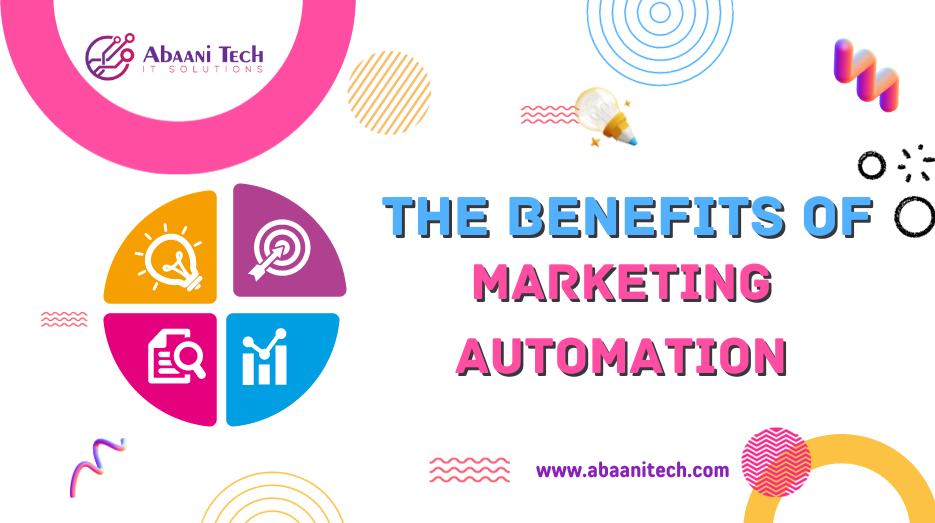

Discover how marketing automation can revolutionize your marketing efforts, from streamlining tasks to delivering personalized experiences at scale. Before delving into best practices, let’s explore some of the key benefits of marketing automation:
1. Improved Efficiency
Marketing automation offers a major advantage by automating time-consuming tasks, saving valuable time and resources for more strategic activities.
For example, you can set up automated email campaigns that trigger based on specific customer actions, such as signing up for a newsletter or making a purchase. This automation frees up your marketing team to focus on more strategic activities, such as crafting compelling content and developing creative campaigns.
2. Personalization at Scale
Marketing automation allows you to deliver personalized content and messaging to your audience at scale. By segmenting your audience based on factors like demographics, behavior, and preferences, you can tailor your marketing messages to each group, increasing the likelihood of engagement and conversions.
3. Lead Nurturing
Lead nurturing is a critical aspect of marketing, and automation plays a central role in this process. With marketing automation, you can create automated drip campaigns that nurture leads over time, providing them with valuable information and guiding them through the sales funnel. This consistent communication helps build trust and increases the chances of converting leads into customers.
4. Data-Driven Insights
Marketing automation platforms provide valuable data and analytics that can inform your marketing strategies. You can track the performance of your campaigns, measure ROI, and gain insights into customer behavior. This data-driven approach enables you to make informed decisions and continually optimize your marketing efforts.
5. Consistency and Timeliness
Automation ensures that your marketing messages are delivered consistently and at the right time. Whether it’s sending out weekly newsletters, birthday greetings, or abandoned cart reminders, automation guarantees that your audience receives timely and relevant communications.
Marketing Automation Best Practices


Now that we understand the benefits of marketing automation let’s explore the best practices to maximize its efficiency:
1. Define Your Goals and Objectives
Before implementing any marketing automation strategy, it’s essential to define clear goals and objectives. What do you want to achieve with automation? Are you aiming to increase lead generation, improve customer retention, boost sales, or all of the above? Your goals will guide your automation strategy and help you measure its success.
2. Segment Your Audience
Effective audience segmentation is a cornerstone of successful marketing automation. Divide your audience into distinct segments based on criteria such as demographics, behavior, and preferences. This allows you to create highly targeted campaigns that resonate with each segment, increasing the likelihood of engagement.
3. Build Quality Contact Lists
Your marketing automation efforts are only as good as the quality of your contact lists. Ensure that you collect accurate and up-to-date customer information. Implement double opt-ins for email sign-ups to minimize fake or invalid email addresses, and regularly clean your lists to remove inactive or unsubscribed contacts.
4. Create Valuable Content
Content remains king in the world of marketing. To engage your audience effectively, you must create valuable and relevant content. Whether it’s blog posts, email newsletters, videos, or social media updates, focus on providing content that addresses your audience’s pain points and interests.
5. Map Out Customer Journeys
Take the time to map out the customer journey and identify key touchpoints where automation can enhance the experience. This might include welcome emails for new subscribers, personalized product recommendations based on past purchases, or re-engagement campaigns for inactive customers. Understanding your customer’s journey helps you deliver the right message at the right time.
6. Test and Optimize
Continuous testing and optimization are crucial for marketing automation success. A/B testing allows you to compare different elements of your campaigns, such as subject lines, content, and send times, to determine what resonates best with your audience. Use the insights gained from testing to refine your automation workflows and improve performance over time.
7. Ensure Compliance
When using marketing automation for email marketing, it’s essential to comply with email marketing regulations, such as the CAN-SPAM Act and GDPR. Make sure you obtain proper consent from subscribers, provide an easy way for them to unsubscribe, and include your business’s physical address in all emails.
8. Monitor and Measure
Regularly monitor the performance of your marketing automation campaigns. Track key metrics such as open rates, click-through rates, conversion rates, and ROI. Use these insights to adjust your strategies and make data-driven decisions.
9. Integrate with CRM
Integrating your marketing automation platform with your customer relationship management (CRM) system can provide a more holistic view of your customers. This integration allows for seamless communication between marketing and sales teams, ensuring that leads are properly nurtured and handed off to sales when they’re ready to convert.
10. Provide Value in Every Interaction
Every interaction with your audience should provide value. Whether it’s an educational email, a helpful resource, or a personalized offer, aim to enhance the customer’s experience at every touchpoint. Building trust and goodwill with your audience is essential for long-term success.
11. Stay Up-to-Date with Trends
The field of marketing is continually evolving, and new technologies and trends emerge regularly. Stay informed about the latest developments in marketing automation, artificial intelligence, and customer behavior. Adapting to these changes will help you stay competitive and relevant.
12. Training and Education
Invest in training and education for your marketing team. Ensure that your team members are proficient in using your marketing automation tools and understand best practices. Training can help you unlock the full potential of your automation platform.
13. Human Touch
While automation can handle many tasks, don’t forget the importance of the human touch. Personalized interactions, responsive customer support, and a genuine connection with your audience are vital for building strong customer relationships.
14. Scale Gradually
If you’re new to marketing automation, start small and scale gradually. Begin with a few automated campaigns and workflows, and as you gain experience and confidence, expand your automation efforts. This approach will help you avoid overwhelming your team and your audience.
15. Data Security
Ensure the security of customer data and comply with relevant data protection regulations. Implement robust security measures to protect sensitive information and regularly audit your data handling practices.
Conclusion
Marketing automation is a powerful tool that can significantly enhance your marketing efforts, boost efficiency, and drive results. However, success in marketing automation requires a strategic approach and adherence to best practices.
By defining clear goals, segmenting your audience, creating valuable content, and continuously optimizing your strategies, you can maximize the efficiency and effectiveness of your marketing automation efforts.
Remember that marketing automation is not a set-it-and-forget-it solution; it requires ongoing monitoring, testing, and adaptation to stay ahead in the ever-evolving world of marketing.
With the right approach and a commitment to providing value to your audience, marketing automation can become a cornerstone of your marketing strategy, helping you connect with customers and drive business growth in the digital age.
Visit our site for more information or digital marketing services.

